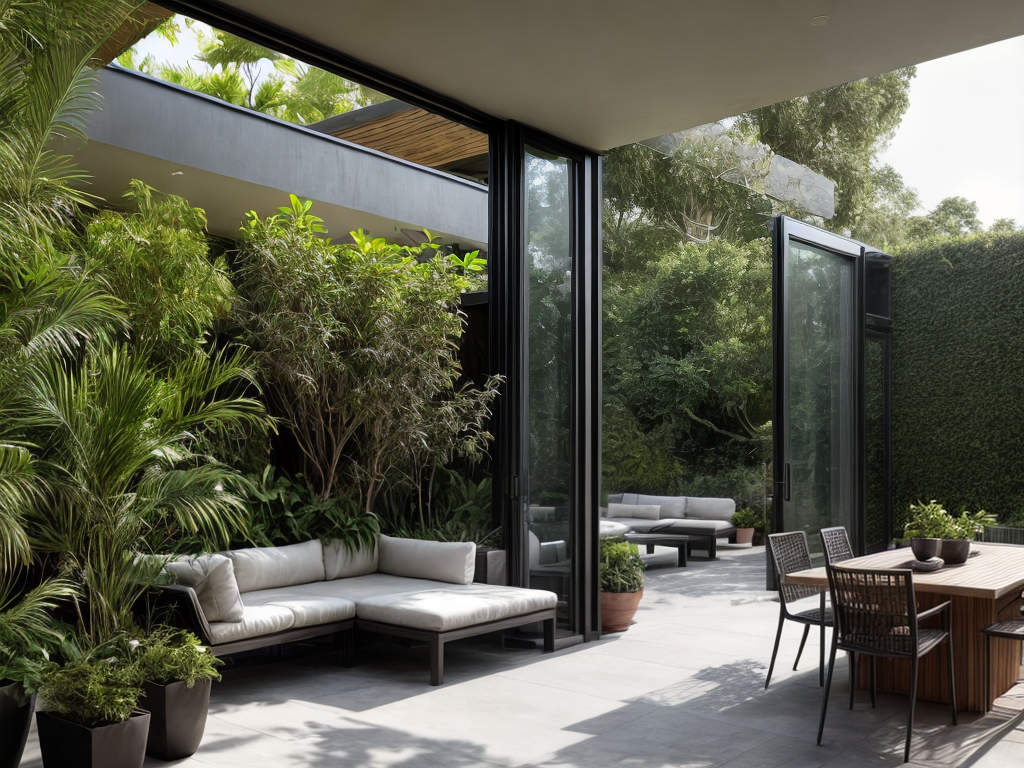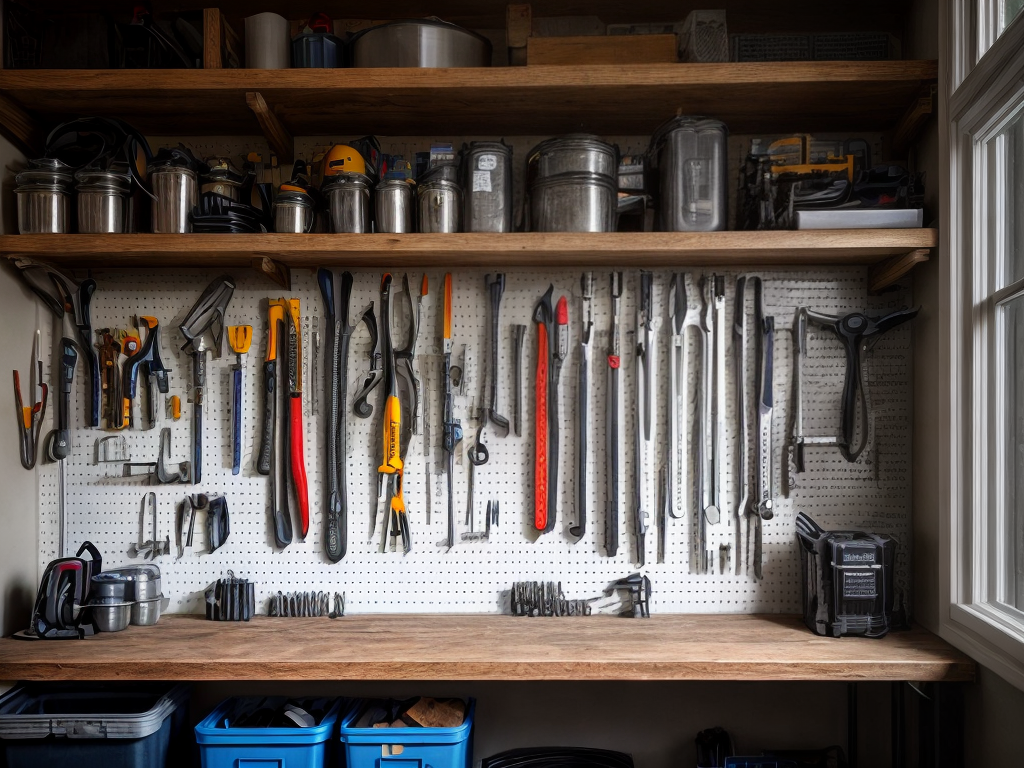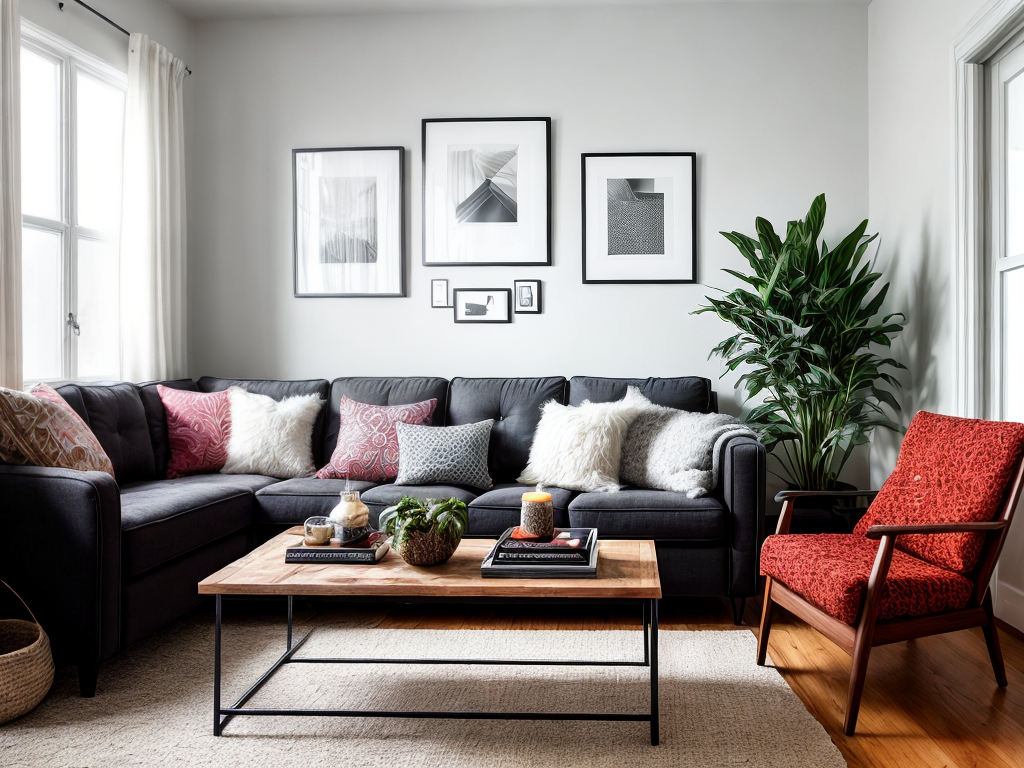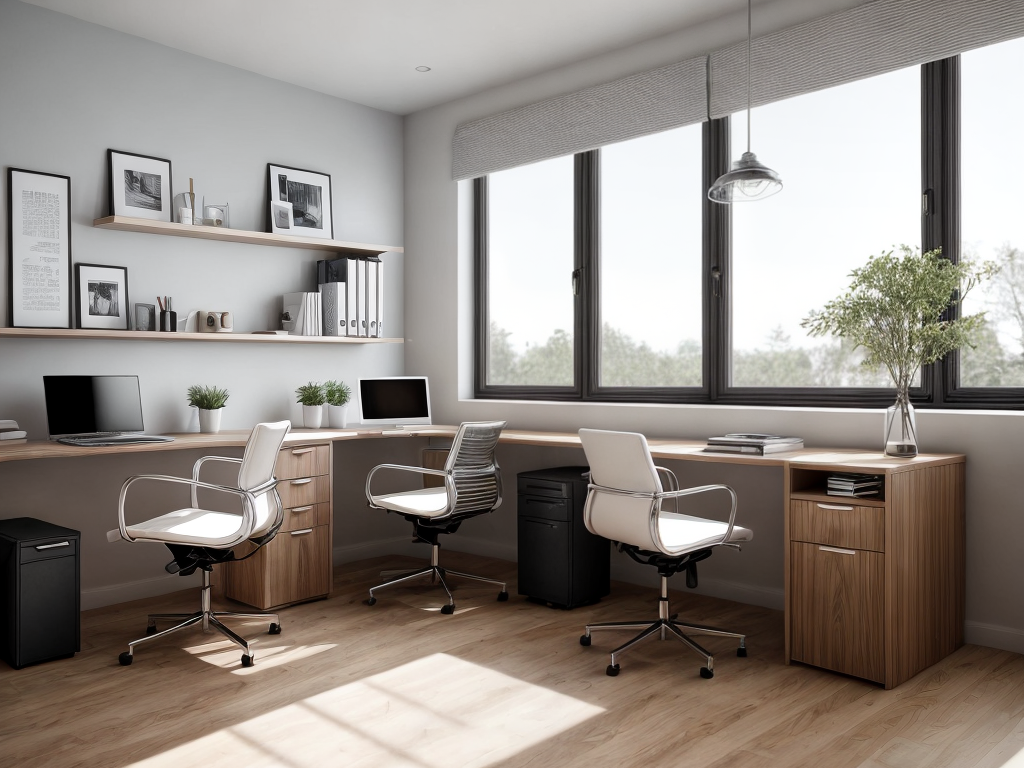
Blending indoor and outdoor spaces is not just a trend, but a way to truly elevate your living experience. By seamlessly integrating these two areas, you can create a stunning and functional space that brings the best of both worlds together. But how exactly do you achieve this perfect blend? In this discussion, we will explore the benefits of blending spaces, the design elements that contribute to a seamless integration, and practical tips for creating a successful indoor-outdoor blend. Get ready to transform your home into a harmonious oasis that will leave you wanting more.
Benefits of Blending Spaces
Blending indoor and outdoor spaces offers numerous benefits, making it an ideal choice for creating a versatile and enjoyable living environment. One of the key advantages is the ability to maximize space. By seamlessly integrating indoor and outdoor areas, you can effectively utilize every square inch of your property. This is particularly important for smaller homes or apartments where space is at a premium. With the right design and layout, you can create a seamless transition between indoor and outdoor spaces, allowing you to make the most of your living area.
Another benefit of blending spaces is the flexibility it provides. By incorporating flexible furniture, you can easily adapt your space to suit your needs. Whether you’re hosting a dinner party indoors or enjoying a barbecue outside, having furniture that can be easily moved and rearranged allows you to create the perfect setup for any occasion. This flexibility extends to the overall design of the space as well. By using materials and colors that work well both indoors and outdoors, you can create a cohesive and harmonious living environment that seamlessly blends the two spaces together.
Design Elements for Seamless Integration
Maximizing space and creating a versatile living environment involves incorporating specific design elements that seamlessly integrate indoor and outdoor spaces. When it comes to blending indoor and outdoor areas, there are several design ideas that can help create a harmonious transition. One effective design element is the use of large windows and glass doors. These not only provide ample natural light and stunning views but also create a visual connection between the indoors and outdoors. Another way to seamlessly integrate indoor and outdoor spaces is through the use of similar materials and color palettes. By using materials like wood, stone, or concrete both inside and outside, it creates a sense of continuity and flow. Additionally, incorporating nature into the design is key. This can be achieved by adding plants, trees, or even a water feature that brings the outdoors inside. Design elements such as pergolas or covered patios can also provide a sheltered outdoor space that feels like an extension of the indoor living area. By implementing these design ideas and incorporating nature, it is possible to create a seamless integration between indoor and outdoor spaces, resulting in a versatile and harmonious living environment.
Enhancing Natural Light and Views
To enhance the natural light and stunning views, incorporating large windows and glass doors is a key design element for seamlessly blending indoor and outdoor spaces. By maximizing space utilization, these expansive openings allow an abundance of natural light to flood the interior spaces, creating a bright and airy atmosphere. The use of glass also provides unobstructed views of the surrounding outdoor environment, bringing the beauty of nature indoors.
In addition to maximizing natural light and views, incorporating greenery is another effective way to enhance the connection between indoor and outdoor spaces. By strategically placing plants and trees near windows and glass doors, a seamless transition is created from the interior to the exterior. The greenery not only adds visual interest and texture, but it also brings a sense of nature and tranquility into the living space.
Furthermore, the incorporation of greenery helps to blur the boundaries between indoor and outdoor spaces, creating a harmonious and inviting environment. The presence of plants and trees not only adds aesthetic appeal but also improves air quality and promotes a sense of well-being.
Creating Functional Outdoor Living Areas
I believe that a well-designed outdoor living area is essential for creating a functional and inviting space to relax and entertain. Here are four key elements that can enhance the functionality and appeal of your outdoor living space:
-
Outdoor Furniture Options: Choose furniture that not only complements your personal style but also provides comfort and durability. Opt for weather-resistant materials such as teak or aluminum, and consider versatile pieces like modular sectionals or outdoor dining sets with extendable tables. This will allow you to easily adapt the space for various activities.
-
Incorporating Greenery: Adding plants and greenery to your outdoor living area can create a serene and inviting atmosphere. Consider using potted plants, hanging baskets, or vertical gardens to maximize space. Not only will this enhance the aesthetics, but it will also provide shade and privacy.
-
Designated Zones: Create distinct areas within your outdoor living space to cater to different activities. Designate a cozy seating area for lounging, a dining area for meals, and a cooking area for barbecues and outdoor cooking. This will allow for better organization and functionality.
-
Lighting: Proper lighting is crucial for extending the usability of your outdoor living area into the evening. Incorporate a combination of ambient, task, and accent lighting to create a warm and welcoming ambiance. Consider using LED string lights, pathway lighting, and even flameless candles for a cozy feel.
Tips for a Successful Indoor-Outdoor Blend
When it comes to seamlessly blending indoor and outdoor spaces, there are several key tips that can help create a successful and harmonious transition. One of the most important aspects is creating a cohesive atmosphere that flows seamlessly from one space to another. This can be achieved by incorporating natural materials such as wood, stone, and plants.
In order to create a smooth transition, it is essential to pay attention to the flooring. Using the same or similar flooring materials inside and outside can help create a sense of continuity. For example, using hardwood flooring inside and extending it to the outdoor patio can create a seamless flow between the two spaces.
Another tip is to use similar color palettes and design elements throughout both spaces. This can help create a visual connection and make the transition between indoor and outdoor spaces feel natural.
Additionally, incorporating large windows or glass doors can help bring the outdoors in and create a sense of openness. This allows for natural light to flood the indoor space and provides a beautiful view of the outdoor surroundings.





